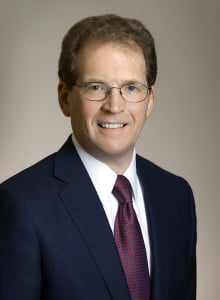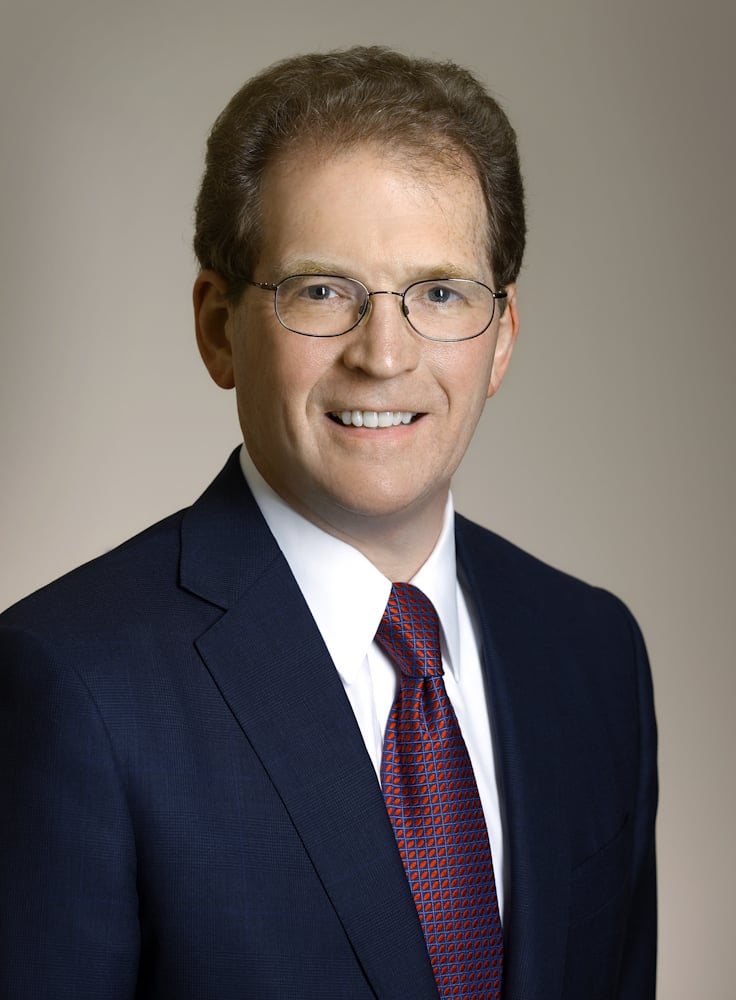Just three months into his time as dean of the Stanford School of Medicine, Lloyd Minor has already turned his attention to charting a plan for the school’s future.

Although Minor did not officially assume the position until Dec. 1, he has communicated extensively with faculty, students and administrators in the School of Medicine and the Stanford Medical Center since his appointment was announced in July.
According to Minor, that communication has focused on developing three objectives — advancing innovation, empowering future leaders and transforming patient care — while soliciting ideas and feedback from the broader Stanford community about the School of Medicine’s future.
“I want to make sure that I understand the values of Stanford and that I’m able to reflect those values in my leadership,” Minor said.
Born in Little Rock, Ark., Minor began his academic career at Brown University, where he majored in biology. He developed a clinical focus in vestibular physiology, an area in which he became interested after taking courses in mathematics and bioengineering.
Within his field, Minor is known for his discovery of superior canal dehiscence syndrome, a condition of the inner ear leading to hearing and balance problems, and his development of a surgical procedure to correct the disorder.
Before coming to Stanford, Minor served as Provost and Senior Vice President of Academic Affairs for Johns Hopkins University, where he oversaw the University’s nine schools, led budgeting efforts and oversaw teaching and research goals. Minor also taught classes in otolaryngology, biomedical engineering and neuroscience.
Sam Gambhir, chair of the School of Medicine’s radiology department, headed the selection committee for the new Dean of Medicine after Philip Pizzo, the previous Dean of Medicine, resigned last year. Pizzo had held the position since April 2001.
According to Vice Dean of the School of Medicine David Stevenson ’71, the nationwide selection process was extremely intensive, and was conducted by a “very well-constituted search committee.”
Stevenson said that Minor has “strong academic values,” something that became apparent soon after Minor assumed the position.
“He’s also a good synthesizer of diverse perspectives, which I think allows him to be comfortable with diversity and helps him integrate into the fabric of the school,” Stevenson said.
According to Minor, academic medicine currently faces a variety of challenges, including a real decrease in government funding for biomedical research. However, Minor remained positive about the School’s future.
“The key is that we approach those challenges from a position of strength, we approach those challenges with the vision that we’re going to be an even better institution three years from now than we are today, and five years from now than we are three years from now,” Minor said.
With his three-part plan for the School of Medicine’s future in mind, optimism provided Minor with a recurring theme.
“We here at Stanford have the attitude that our best days are ahead of us,” Minor said. “We’re not looking backwards, we’re looking forwards.”
